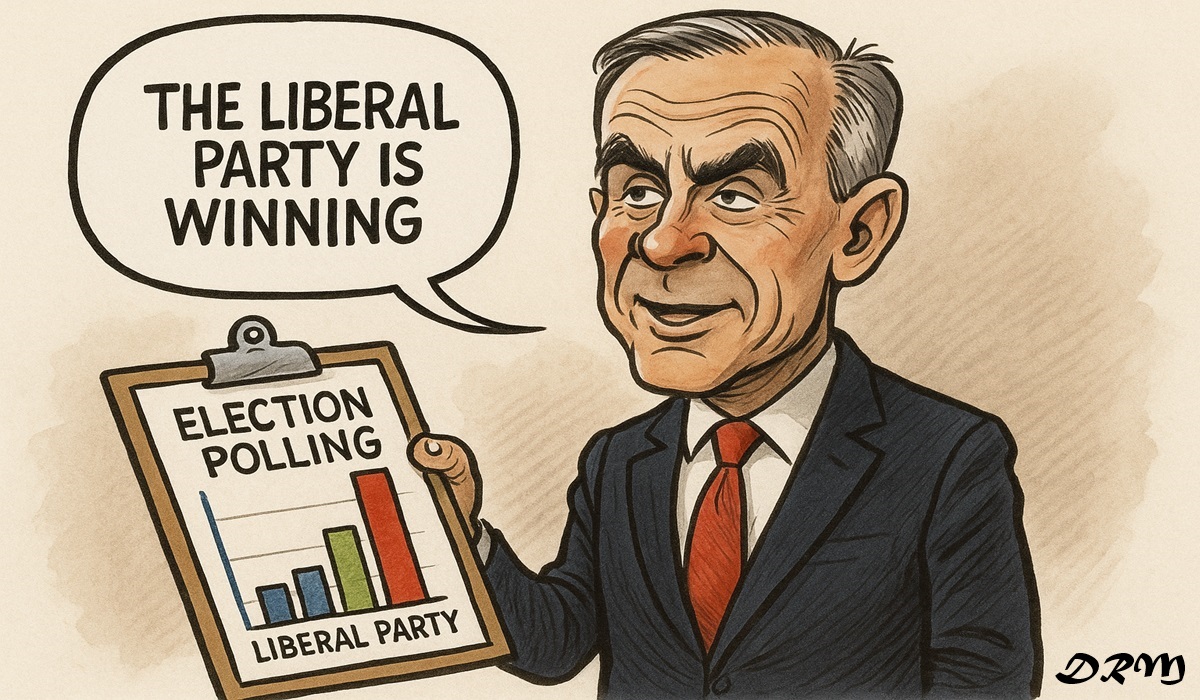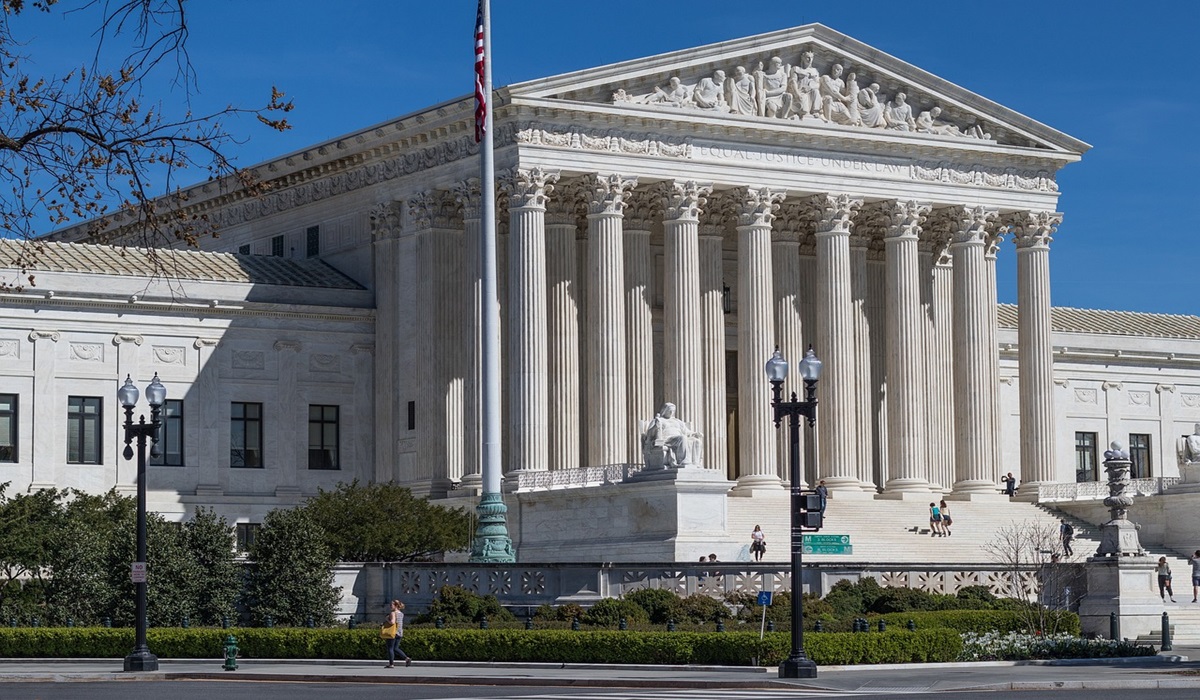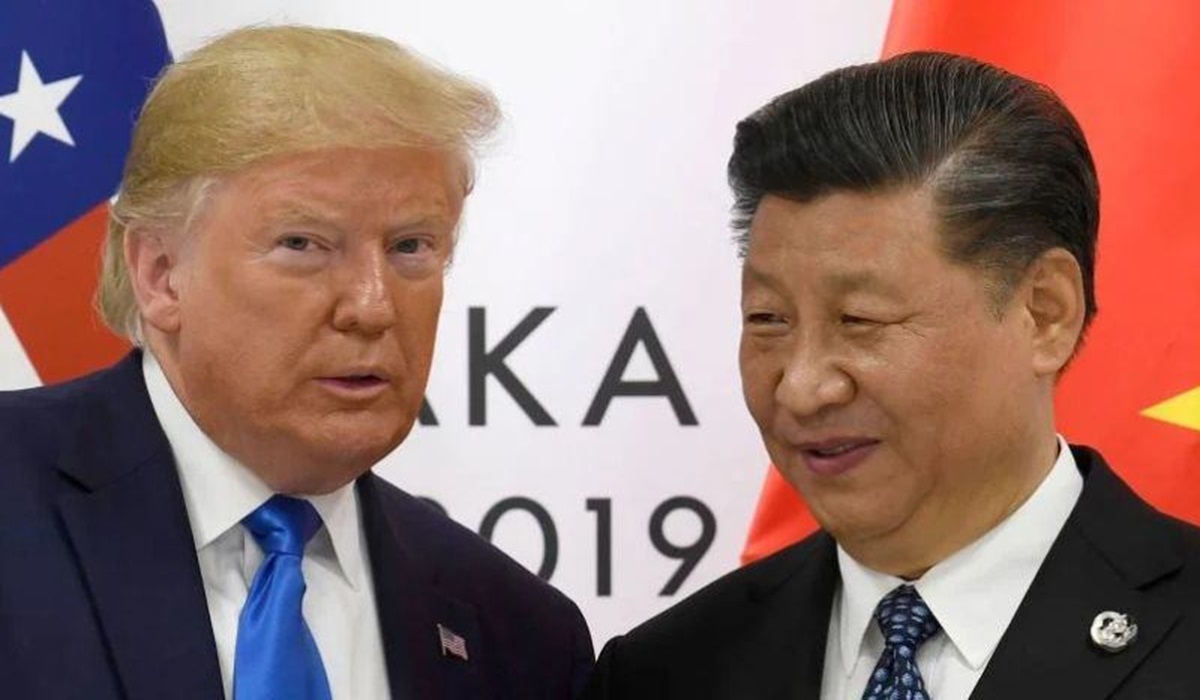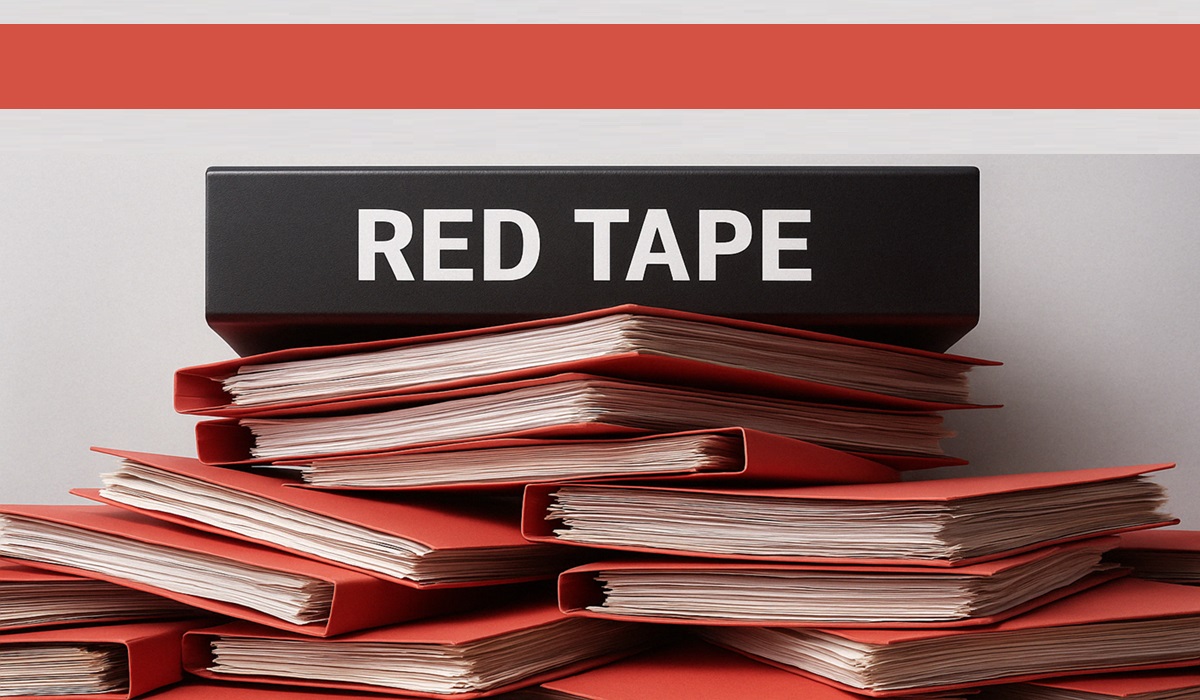Tariffs, TikTok, and the Truth: How Fashion House Acquisitions Sparked a Luxury Industry Meltdown
- TDS News
- Business
- D.O.C Supplements - Trending News
- April 19, 2025
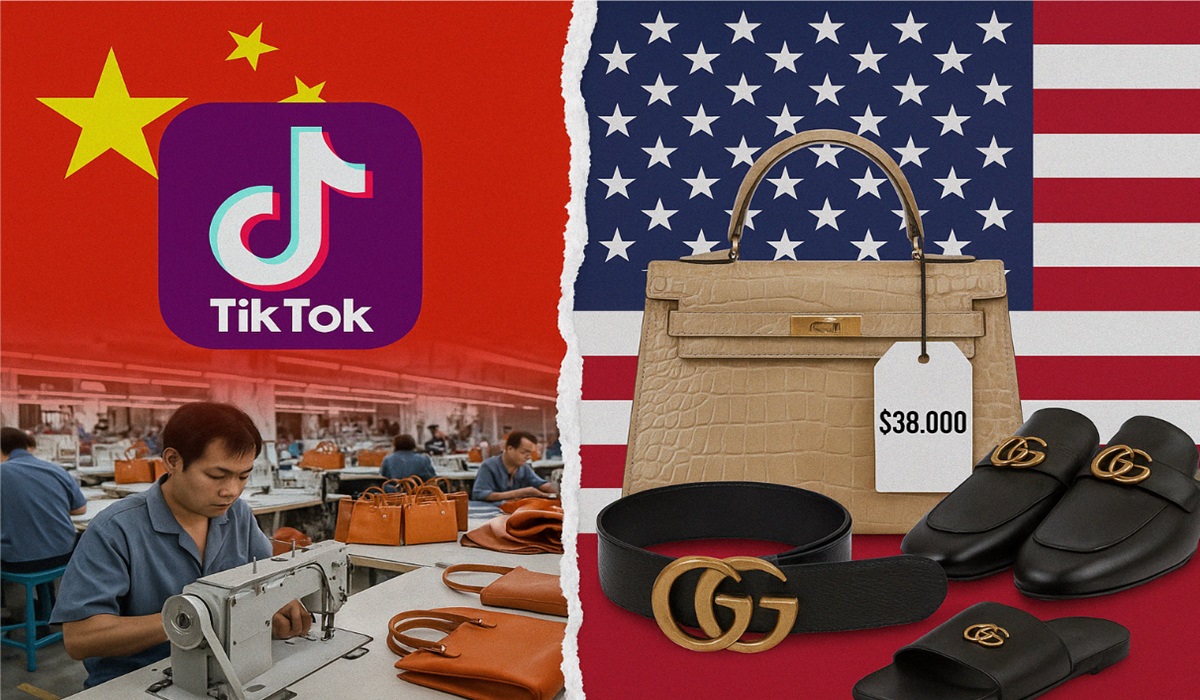
The U.S. government wanted to “protect American jobs” and “punish China” with aggressive tariffs. Corporations wanted to gobble up European fashion houses to expand their grip on global luxury markets. But what neither anticipated was the avalanche of backlash now rocking the fashion world—an exposure campaign fueled not by regulators, but by TikTok, factory workers, and angry consumers.
At the heart of this economic miscalculation is a simple but devastating truth: most luxury fashion items sold by the West are still manufactured in China. That includes the majority of your $38,000 handbags, $800 sliders, and $1,200 belts. And while the “Made in Italy” or “Made in the USA” label may be legally accurate due to minor finishing touches, the bulk of the labor, materials, and manufacturing is happening offshore—primarily in Chinese factories now feeling the squeeze from U.S. tariffs.
When the U.S. slapped heavy tariffs on Chinese imports under the guise of economic protectionism, the assumption was that it would weaken Chinese manufacturing and bring production back home. But the opposite happened. American and European brands didn’t—and frankly couldn’t—afford to move their supply chains. Instead, they passed the costs to consumers or tried to squeeze factories to absorb them. This, in turn, forced many of China’s long-silent original equipment manufacturers (OEMs) to speak up—and now, to sell directly.
And thanks to social media, especially TikTok, their voices are being heard.
Search #luxuryfactories on TikTok, and you’ll find factory tour videos with millions of views. Workers are pulling back the curtain on brands that claim their goods are made in Europe. Some are showcasing receipts, machinery, order tags—proving that the same purse that costs $1,300 to make is being flipped for $38,000 by American-owned luxury houses. Even more damning, some show that even the labels themselves are made in China—only to be stitched onto products later in Italy or the U.S., just enough to satisfy legal thresholds for country-of-origin claims.
This is where tariffs come back into focus. With added costs on Chinese exports, many of these factories are no longer dependent on Western brand contracts to stay alive. Instead, they’re pivoting to a direct-to-consumer model—fueled by frustration and survival. They’re now advertising the exact same items being sold under high-end labels, minus the logos, at 5–10% of the retail price. And consumers, especially younger buyers on TikTok, are eating it up.
“This is the same bag. From the same factory. Made by the same workers. We made it. Just no designer stamp. $300 vs. $12,000. You pick,” said one viral post from a Shenzhen-based supplier with over 1.8 million views in 48 hours.
The domino effect is unmistakable. As more U.S. companies acquire luxury brands—from fashion to leather goods—they unknowingly inherit the responsibility of justifying pricing models that simply don’t hold up under scrutiny. And in a post-tariff, post-truth, hyper-connected digital age, hiding behind craftsmanship and heritage narratives is no longer enough. The internet wants receipts. And the factories are providing them.
Tariffs were meant to punish China—but instead, they’ve emboldened Chinese manufacturers to go public and go rogue. And the acquisitions of European luxury houses by American firms have only added fuel to the fire, further inflating prices and centralizing supply chains that now have glaring vulnerabilities. By consolidating branding power while relying on cheap overseas production, these companies made themselves sitting ducks for a digital reckoning.
This isn’t just about luxury anymore—it’s about trust. Consumers feel duped, especially as inflation tightens wallets and they realize they’ve been paying thousands for items with $50 production costs. Meanwhile, the digital generation is posting comparisons, fact sheets, and side-by-side unboxings, tearing down the last veil of prestige the luxury industry had.
The backlash is accelerating. Factory-direct retailers are seeing record demand, some even launching their own TikTok shops with American influencers. The once-secret luxury supply chain is becoming the main attraction—and every post, every video, every receipt is a direct shot at the credibility of American-owned luxury brands.
In trying to “win” the trade war, the U.S. may have inadvertently exposed the luxury industry’s dirtiest secret—and handed its future to the very manufacturers it was trying to sideline. The more tariffs bite, the louder those factory doors swing open.
The era of luxury as smoke and mirrors is crumbling. Tariffs lit the match. TikTok is the gasoline.

